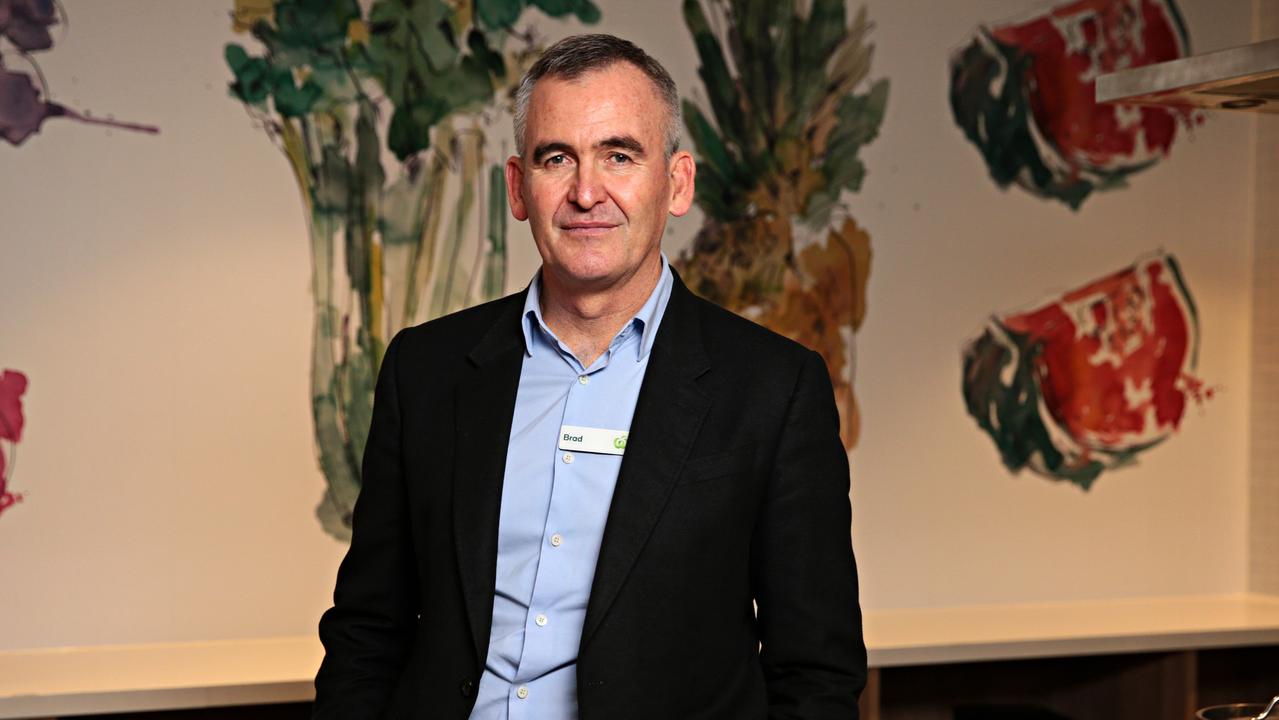How the budget blew up in week two
Treasury has stuffed up its economic forecasting for the June quarter and now the budget has blown up in the face of new treasurer Jim Chalmers.

Terry McCrann
Don't miss out on the headlines from Terry McCrann. Followed categories will be added to My News.
Week two and the budget has just blown up in the face of new treasurer Jim Chalmers.
It’s not because he’s ‘discovered’ another ‘budget black hole’ of fiscal folklore – most notably, Paul Keating’s back in 1983. No, the cause is that Treasury plain and simple stuffed-up its forecasting – and that’s not forecasting of the future, like, you know, next year, but ‘forecasting’ the present, what’s happening right now in this current June quarter, and ‘forecasting’ what actually happened in the very recent past, the March quarter.
In presiding over his first exercise in ‘commenting on the numbers’ – the March quarter GDP numbers – Chalmers asserted that the national budget was in some instances “dire”, with figures worse that depicted in the campaign. March quarter GDP grew 0.8 per cent, to be up 3.3 per cent over the year. Chalmers said these were lower than “assumed” in the budget. They weren’t so much ‘assumed’ as projected by Treasury, based on the actual growth figures, already published by the ABS, for the September and December quarters and Treasury’s ‘forecasts’ for the March and June quarters.
They really were Treasury’s numbers, not imposed by the previous Treasurer Josh Frydenberg.
The forecasts were exactly the same in the budget, at the end of March, and the so-called PEFO, or Pre-election update, produced independently by Treasury and Finance in mid-April. Both forecast GDP growth would be 4.25 per cent in the 2021-22 fiscal year, which finishes at the end of this month.

It is critical to understand that this is for the whole of 2021-22 compared with the whole of 2020-21, not as most forecasts are, over the year to the June quarter.
It is possible, therefore, to estimate Treasury was ‘forecasting’ something like a 1.5 per cent growth figure for the March quarter – and which was basically over when it made the forecast – followed by another 1.5 per cent in the June quarter. Or some combination thereof.
March quarter growth came in at half that – 0.8 per cent. Treasury was way too high, and could well be way too high in the June quarter as well.
The economy actually did much better than the 0.8 per cent might indicate. Spending across the board – government, consumers and business restocking - was actually very strong. But much of it spilled over into imports which deduct from growth
Treasury’s implicit forecast of 3 per cent growth over the June half–year was way, and I mean ludicrously way too optimistic – coming as it did after the 3.6 per cent growth figure for the December quarter all on its own. That was a figure, of course, super-charged by Victoria and NSW coming out of lockdown. In the lockdown September quarter, growth had been negative 1.8; so over the December half it was just 1.8 per cent. Treasury doesn’t seem to have understood that demand would spill into imports. Forecasting ineptitude is one thing; not understanding how the economy actually works is damning.
It also captures the complex problems facing the incoming government – and, incidentally, all the rest of us. That surging inflation, still strong spending, at least through the June quarter, and critical labor shortages and so the first stirring of big wage rises.
Plus all the global challenges: China, Russia and Ukraine, and what’s happening with both the US economy and with US interest rates.
The critical thing about the budget (and PEFO) forecasts is that they underwrote the (relatively) big falls in the budget deficit that Frydenberg was able to boast about – not that it did him much good, with the ‘teal wave’.
Now, the 2021-22 base falling short will blow out all those budget figures right through the forward estimates; and indeed beyond. Then add Labor spending.



